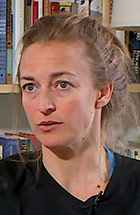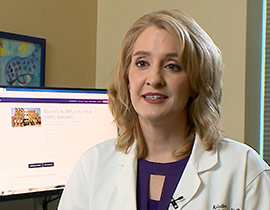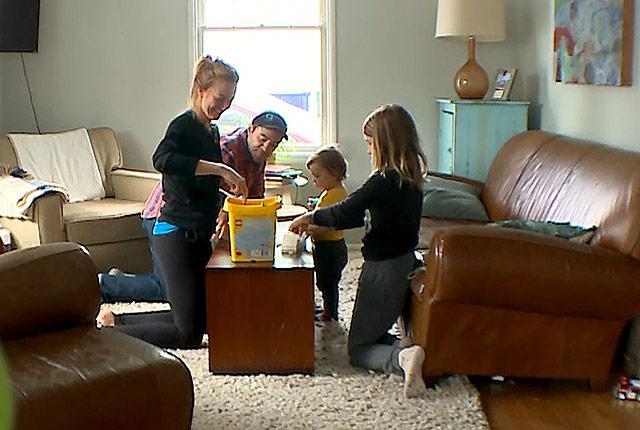
Getting back in shape after a baby can be challenging
Women whose lives have stabilized after childbirth want advice more specific than "work out, but take it easy."Kristina Katrel remembers her first pregnancy being relatively easy. As a marathoner and enthusiast of yoga and pilates, she bounced back quickly nine years ago and returned to her routine of work, home and exercise.

Then came baby No. 2.
“That was a different journey entirely,” said Katrel, a Seattle teacher and now a mother of three.
After childbirth at age 41, Katrel had a much different postpartum experience. The recovery was longer and she struggled, even a year later, to do sit-ups and planks. Her abdominal muscles didn't have the same strength as they did pre-pregnancy.
Katrel’s frustration at the struggle to get back in shape after pregnancy is not unusual. Getting specific guidance about physical activity after the six-week postpartum checkup can be frustrating, too.
In a study of women's physical health after pregnancy, 90 percent of the 33 participants reported receiving no postpartum guidance on exercise beyond the vague suggestion: "Take it slow.”
“There is not a ton of data telling people when to start exercising,” agreed UW Medicine obstetrician-gynecologist Sarah Prager. “It’s so different depending on what one has gone through. Exercise has to be tailored to the person.”
The American College of Obstetricians and Gynecologists has general guidelines, as does the U.S. Department of Health and Human Services (which recommends activity of 150 minutes a week after childbirth). But moms like Katrel would appreciate knowing how much exertion is too much, what activities are safe, and when more attention from a care provider is appropriate.
“I really do wish doctors would give more advice upfront, or referrals,” said Katrel. “You shouldn’t have to go to the internet to find information.”
[Access downloadable video of Katrel and Adams Waldorf.]

Kristina Adams Waldorf, another UW Medicine obstetrician-gynecologist, often refers patients to physical therapists or pelvic-floor specialists to create a plan for postpartum physical recovery.
“We need to do a better job of helping women recover physically from childbirth. It is easy to overlook how childbirth has changed the mother’s body when the focus quickly shifts towards caring for the baby after delivery, ” she said.
Many women are surprised at how their bodies change after pregnancy, Adams Waldorf said. Muscles in the abdomen, pelvic floor (deep internal pelvis) and glutes work together to support posture and activities such as walking. But pregnancy can stretch or damage muscles and other tissues in the pelvis, complicating recovery. And mothers may struggle to prioritize their own physical recovery with a new baby to care for.
Adams Waldorf thinks women should have a mandatory postpartum visit earlier than the standard checkup at six weeks.
“I think we should have a very low threshold to refer women to physical therapy to support them in their recovery,” she said. “The better we can support her in her physical recovery, the better the entire family will function.”
For more information on this story or to speak with Adams Waldorf, please contact Barbara Clements: 206-221-6706, bac60@uw.edu.
For details about UW Medicine, please visit https://uwmedicine.org/about.
